Increased Focus on Patient Safety
Patient safety remains a paramount concern within the healthcare sector, influencing the pharma packaging-films market. The need for tamper-evident and child-resistant packaging is becoming increasingly important as regulatory bodies emphasize the protection of consumers. Packaging films that offer these features not only enhance safety but also improve compliance with regulations. The market is witnessing a shift towards materials that can provide clear visibility of the product while ensuring that safety measures are in place. This focus on patient safety is likely to drive innovation in the pharma packaging-films market, as companies strive to meet the evolving demands of both regulators and consumers. As a result, the market may see a surge in the adoption of advanced packaging technologies that prioritize safety without compromising on functionality.
Regulatory Pressures and Compliance
The pharma packaging-films market is significantly influenced by regulatory pressures and compliance requirements. Regulatory bodies in the US are increasingly enforcing stringent guidelines regarding packaging materials and labeling, which necessitates that manufacturers stay abreast of these changes. Compliance with regulations not only ensures product safety but also impacts market access and competitiveness. As a result, companies in the pharma packaging-films market are likely to invest in research and development to create compliant packaging solutions that meet the evolving standards. This focus on regulatory compliance may lead to increased costs in the short term; however, it is expected to foster innovation and improve overall product quality in the long run. Therefore, the pharma packaging-films market is likely to experience growth driven by the need for adherence to regulatory frameworks.
Rising Demand for Biopharmaceuticals
The increasing prevalence of chronic diseases and the aging population in the US are driving the demand for biopharmaceuticals. This trend necessitates advanced packaging solutions, as biopharmaceuticals often require specialized packaging to maintain stability and efficacy. The pharma packaging-films market is likely to benefit from this rising demand, as manufacturers seek innovative films that can provide enhanced barrier properties and protection against environmental factors. According to industry estimates, the biopharmaceutical sector is projected to grow at a CAGR of approximately 8% over the next few years, further propelling the need for effective packaging solutions. As a result, the pharma packaging-films market is expected to expand in tandem with the biopharmaceutical industry, highlighting the critical role of packaging in ensuring product integrity and safety.
Technological Innovations in Packaging
Technological advancements are playing a pivotal role in shaping the pharma packaging-films market. Innovations such as smart packaging, which incorporates sensors and indicators, are gaining traction as they provide real-time information about the product's condition. These technologies enhance the overall user experience and ensure that medications are stored and transported under optimal conditions. The integration of such technologies into packaging films is expected to drive growth in the market, as pharmaceutical companies seek to differentiate their products and improve patient adherence. Furthermore, the adoption of sustainable materials in conjunction with these technologies may also appeal to environmentally conscious consumers, thereby expanding the market's reach. As a result, the pharma packaging-films market is poised for significant transformation driven by these technological innovations.
Growth of E-commerce in Pharmaceuticals
The rise of e-commerce in the pharmaceutical sector is reshaping the landscape of the pharma packaging-films market. With more consumers opting for online purchases of medications, there is a growing need for packaging that can withstand the rigors of shipping and handling. This trend necessitates the development of durable and protective packaging films that can ensure product integrity during transit. The e-commerce pharmaceutical market is projected to grow significantly, with estimates suggesting a CAGR of around 10% over the next few years. Consequently, the pharma packaging-films market is likely to adapt to these changes by offering solutions that cater to the unique challenges posed by e-commerce, such as temperature control and damage prevention.


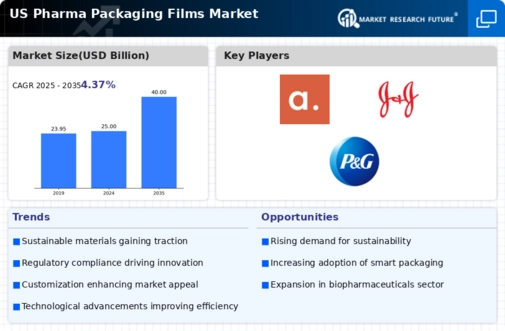
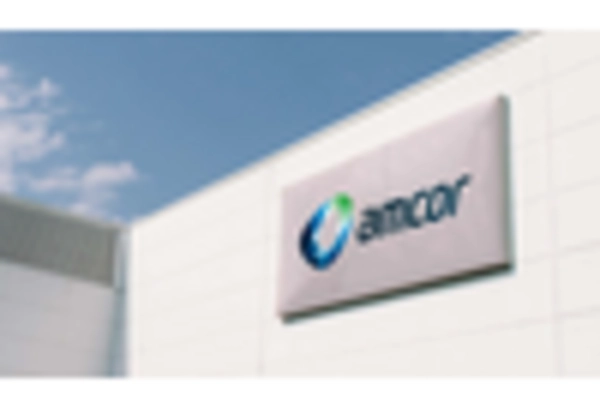

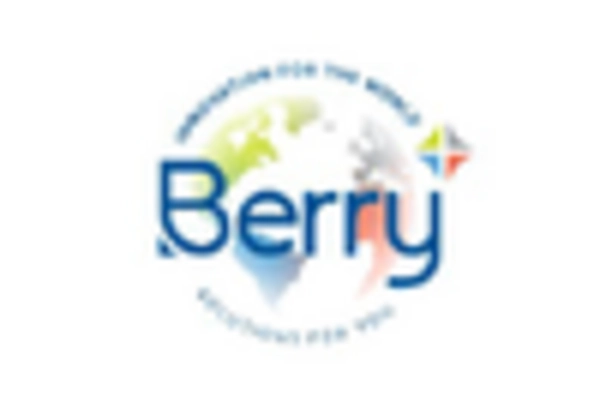
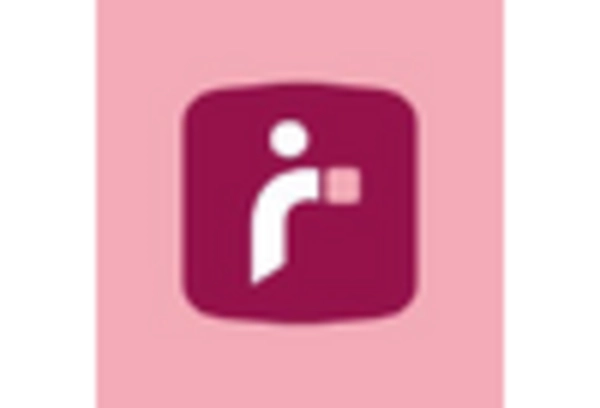
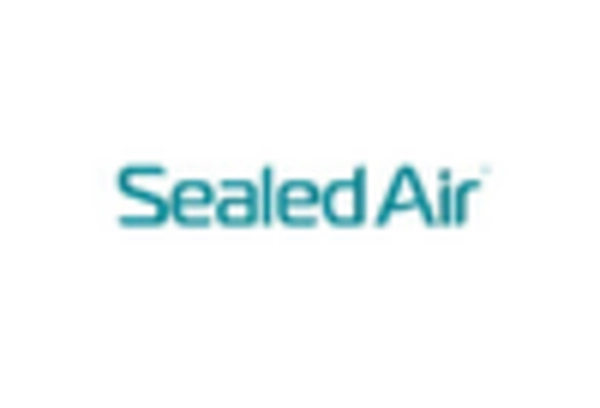
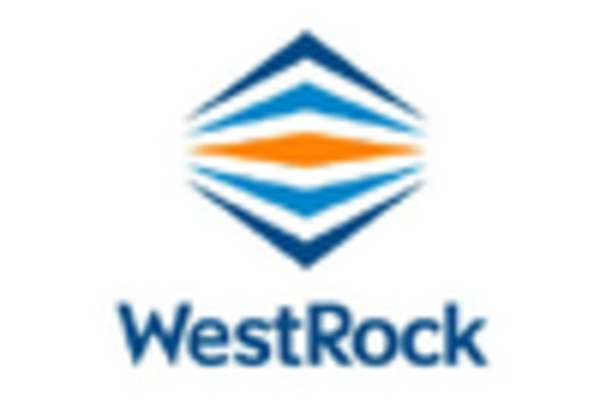








Leave a Comment